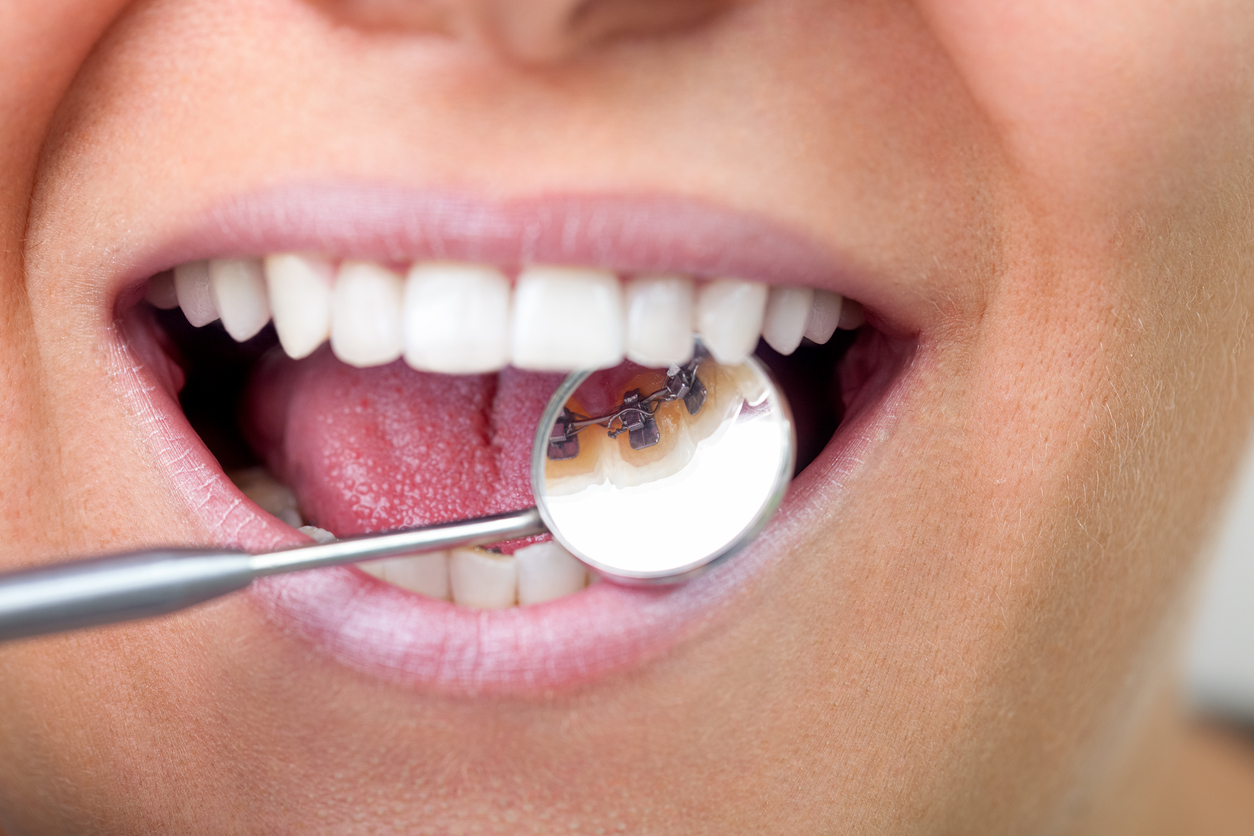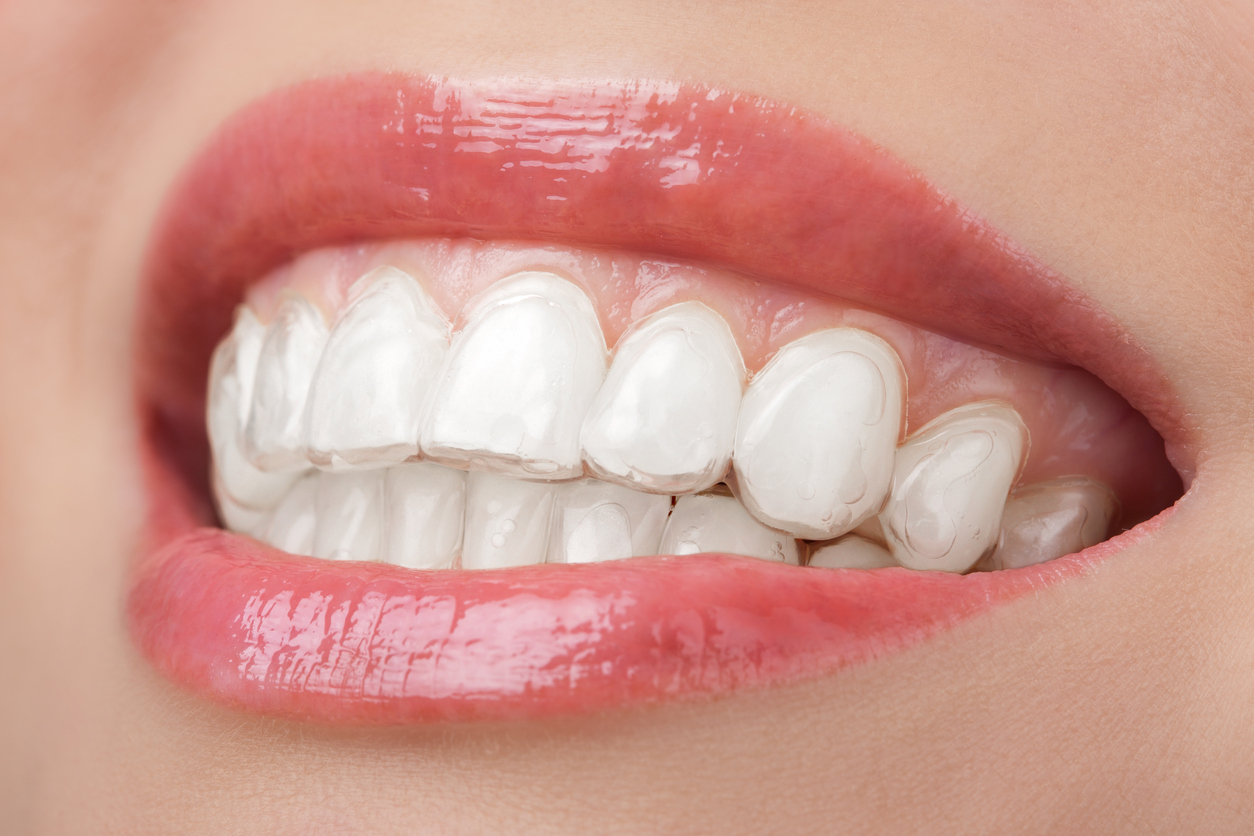
Toothbrush Care: Staying Safe and Healthy
27/12/2013Children and Orthodontic Treatment-Part II
29/12/2013MECHANISM BEHIND BRACES
Typically, the mechanism behind braces is the application of continuous pressure over a specified time period for moving the teeth slowly in the desired direction. As the teeth keep moving, bones start shaping naturally. Here is an insight into the different components of dental braces:
Brackets
The small squares that are directly attached to the tooth’s front by using special bonding agents are referred to as “brackets”. Brackets actually serve as handles to hold the arch wires for promoting teeth movement. There are different kinds of brackets, which include stainless steel as well as tooth-colored plastic varieties. At times, brackets are attached to the teeth’s back for hiding these dental appliances from view.
Orthodontic Bands
These are steel-based materials that can be transparent or tooth-colored. Typically, bonding agents are used for cementing these bands to the teeth. These bands wrap around the teeth for giving support to the brackets. Although tooth-colored orthodontic bands are known to be esthetically- appealing, they are costlier than their stainless steel counterpart. Every patient isn’t an eligible candidate for using bands, which is why, some patients get brackets without any bands.

Spacers
These are separators fitting between the teeth for creating a small space before placing orthodontic bands.
Arch Wires
These wires get attached to the brackets while serving as tracks for guiding tooth movement. These may be metal-based or tooth-colored.
Braces Ties
These are tiny rubber rings, used for fastening arch wires to the braces’ brackets. Ties can be colored or metallic.
Buccal Tubes
These tubes are used for securely holding the arch wire’s end in place. Furthermore, small rubber bands, known as ligatures are used for holding the wires to the braces’ brackets.
Springs
Springs are typically positioned on the wires between brackets for pushing, pulling, closing or opening the desired spaces.

Headgear Tubes
In some cases, the upper teeth’s bands may require headgear tubes for holding the headgear’s facebow in proper position. Headgears are common tools that orthodontists use for fixing teeth irregularities.
Rubber Bands
These are elastics that are attached to the brackets’ hooks and are worn between the lower along with upper teeth in different ways. These bands are used for the application of pressure for moving the upper teeth against the lower teeth so that a proper fit of the teeth can be achieved.
Facebow Headgear
These are wire gadgets that help in moving the upper molars to correct any bite discrepancies while making room for teeth that are crowded. These gadgets are typically composed of inner metal parts that enter the mouth while bonding to buccal tubes. These wire gadgets also have outer parts that cover the outside of the patient’s face while being attached to headgear straps.

